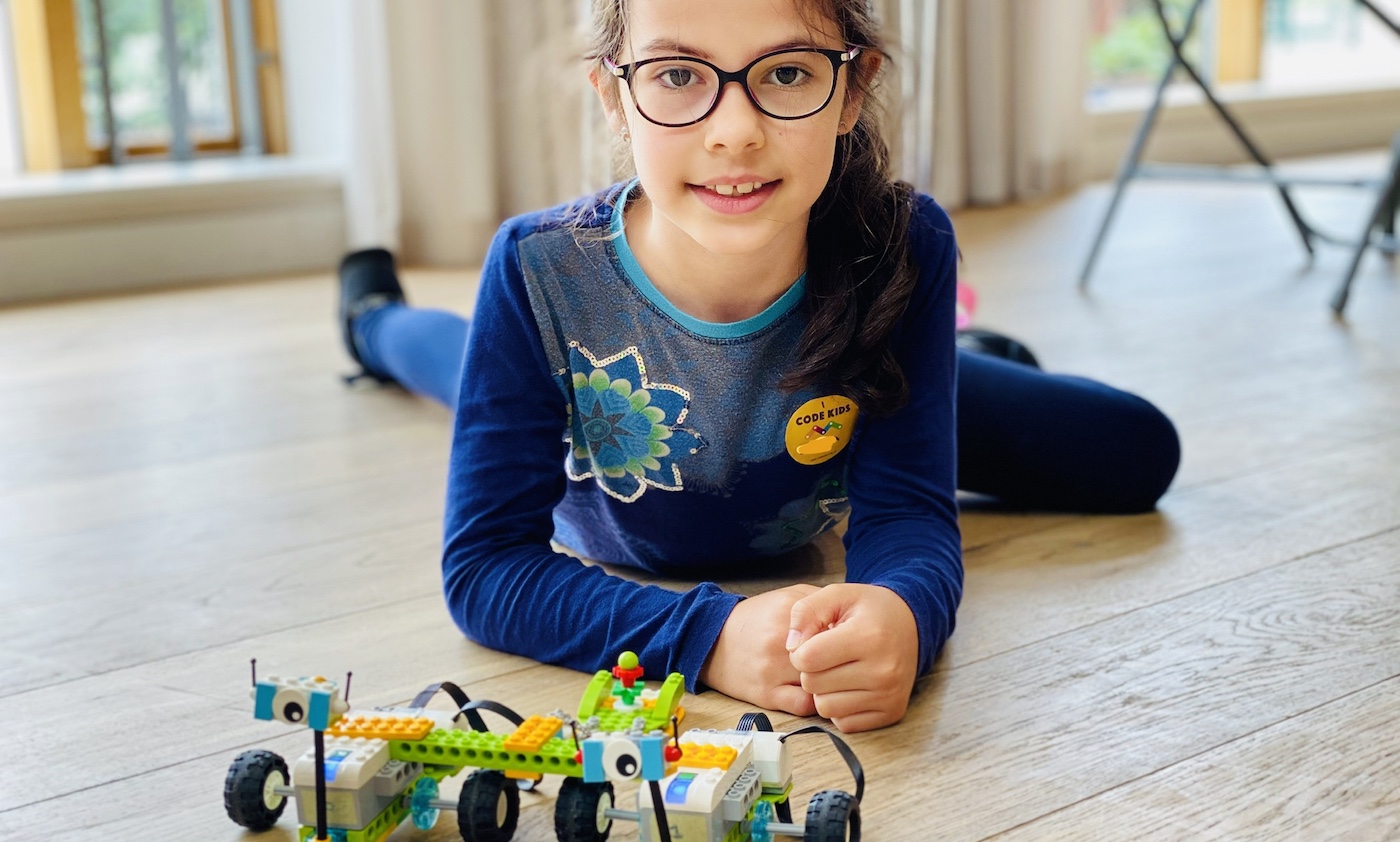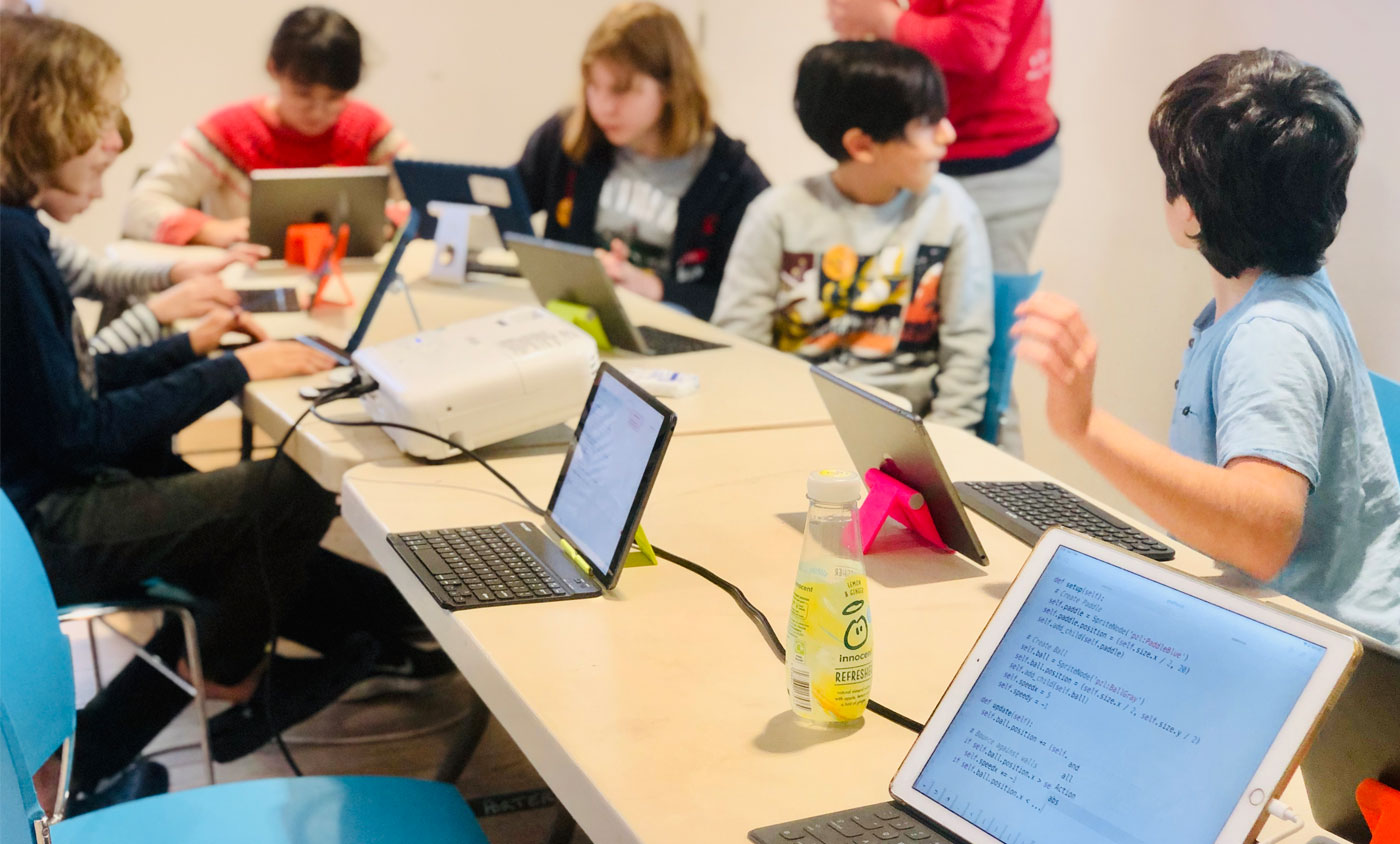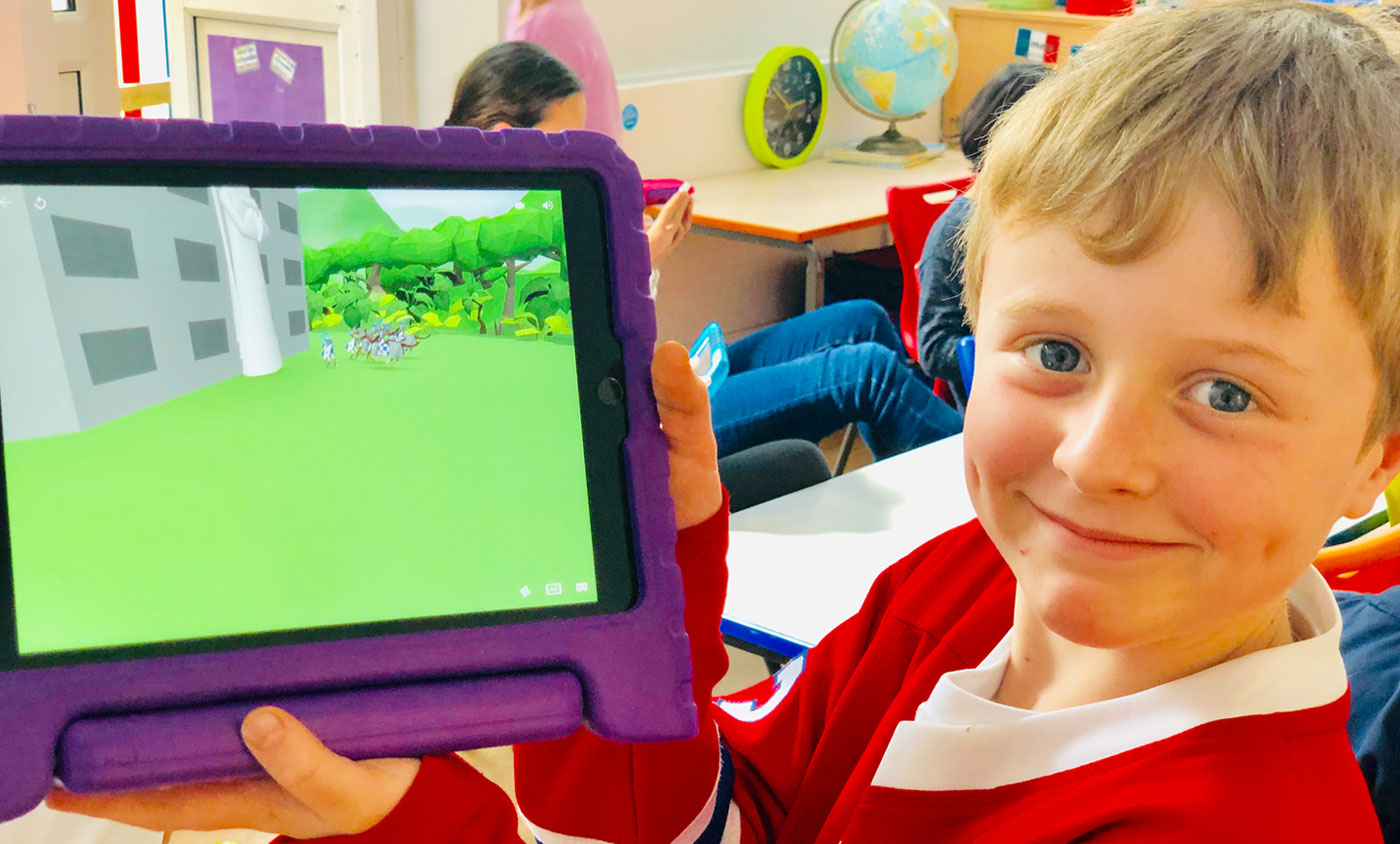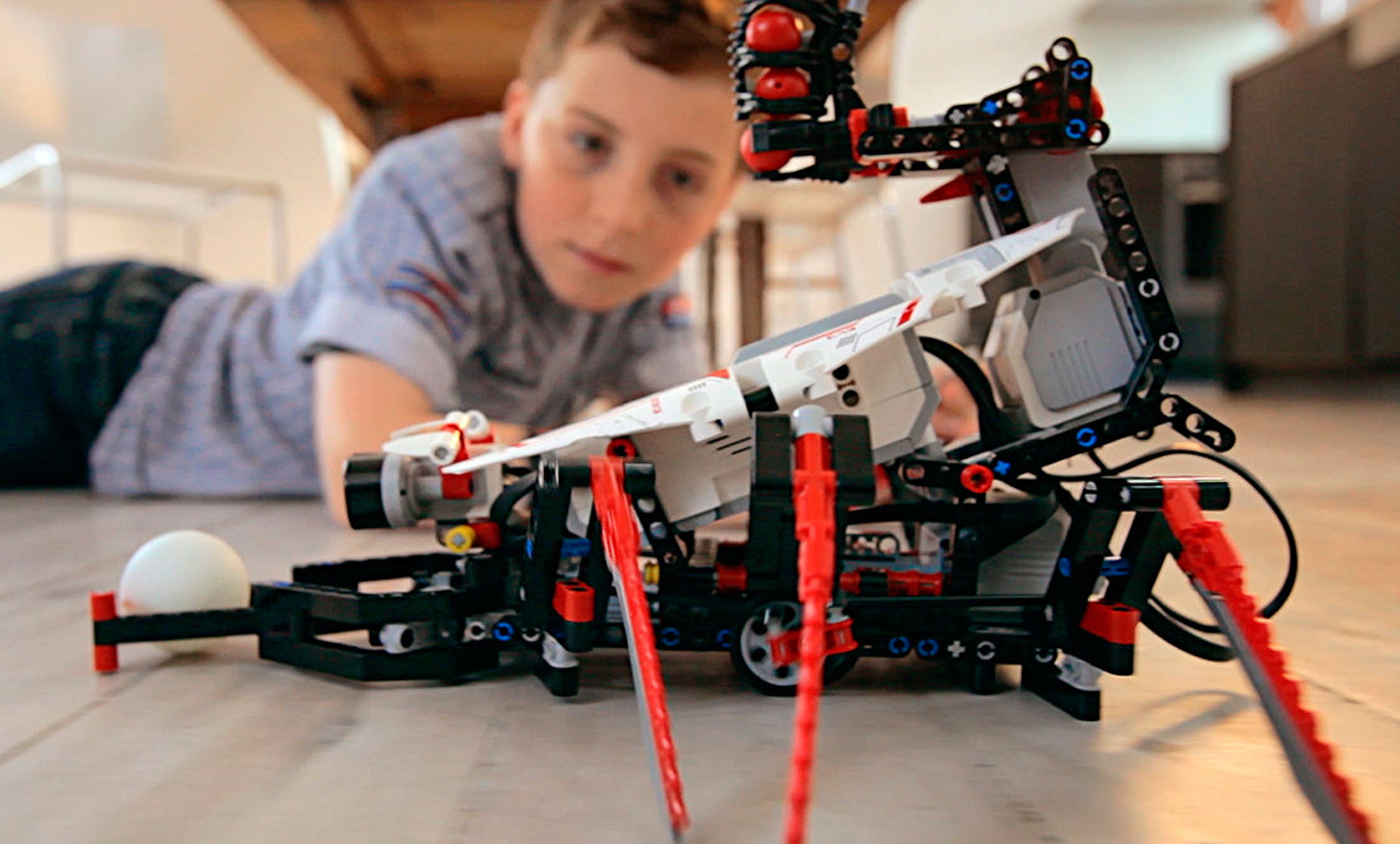A few years ago, computer programming for children meant learning how to use Microsoft Office. These days, coding has been incorporated into the mainstream curriculum, with help of brilliant initiatives like Scratch and apps like Purple Mash, Expresso, etc.
We all know that learning coding and computational thinking has many benefits for children, including nurturing creative expression, demystifying technology, teaching problem solving and persistence, learning by doing, and learning to think about thinking. Despite these benefits, there are still concerns about too much screen time for young children. Screen time takes away hands-on (kinesthetic) learning, as children are only really able to interact using tapping, swiping, pinching the screen etc.
But what if there was a way to engage children physically as well? This is where we come in. There are so many ways to teach children the concept of computer programming that do not involve sitting in front of a screen the whole time.
We at Code Kids bring in Lego and other robots such as Cozmo, Sphero, Ozobot etc. These allow children to engage with technology that is very hands on. For the most part, the children are building with their hands. They are learning engineering concepts, such as design of machine elements with gears and cranks. They are learning about circular vs. straight line motion and how to make it happen using motors. They also learn about science – forces, motion, distance, speed, time etc. Through the use of motors and sensors (such as distance sensors and tilt sensors), coding is now a completely unique, hands-on experience. The children build machines and then use computer algorithms and computational thinking to give a sequence of instructions to their creations using the language of code! Children learn cause and effect through the robots they build, so creating sequences that relate to things they know well can help them start to think of logic and programming in a new way, one that is unique and does not involve complete reliance on a screen.
This way they are able to identify and break down complex problems so that they can be solved. Most importantly, it is all kinesthetic and therefore the learning experience is richer, better, and longer lasting.





